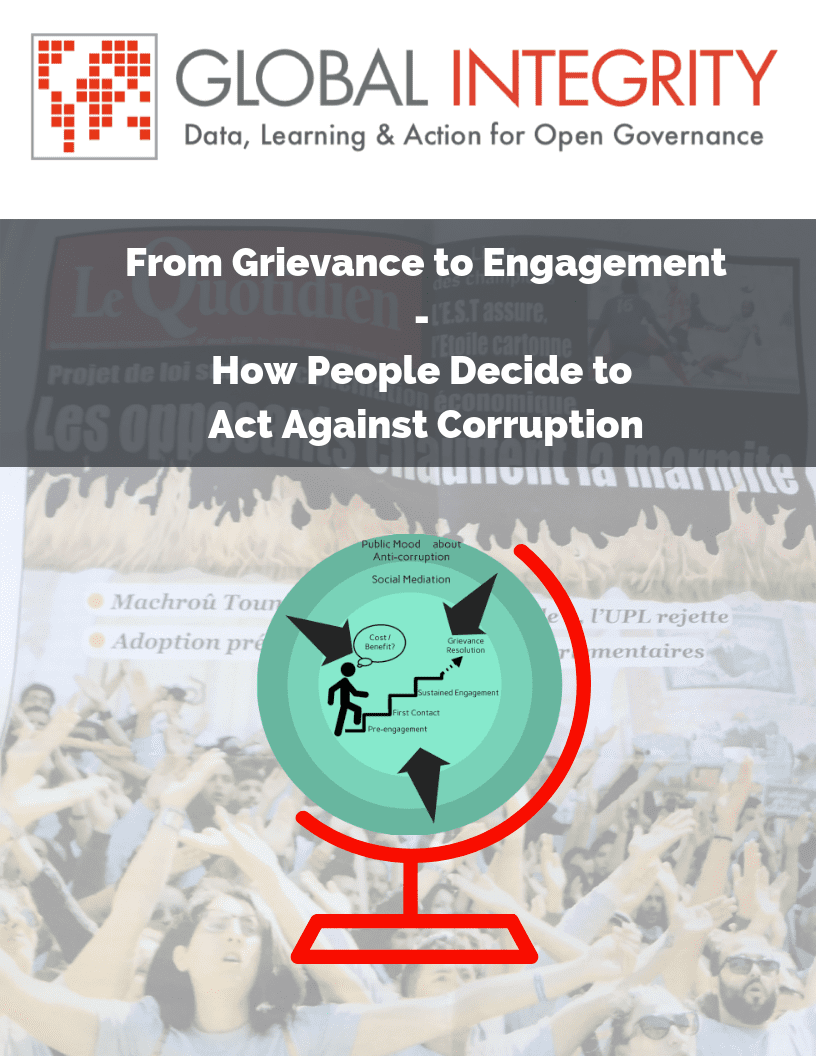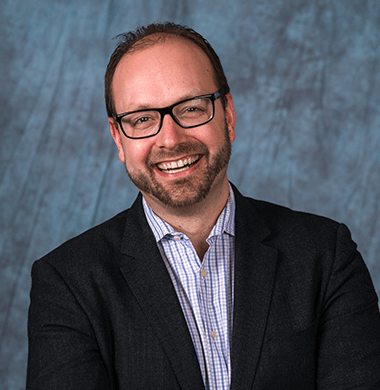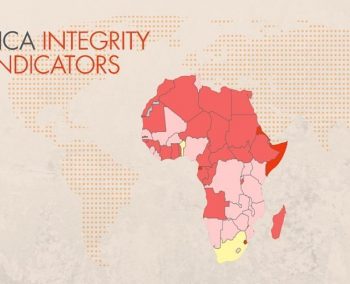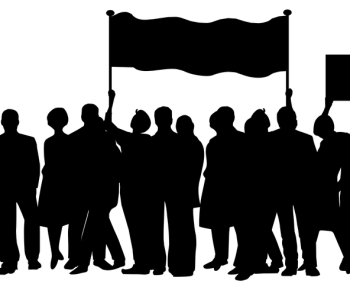Learning how to involve people in the fight against corruption


October 19, 2018
Johannes Tonn – Director, Integrity and Anti-Corruption
In recent years, governments, activists, and civil society organizations alike have invested heavily in getting citizens involved in the fight against corruption. They’ve tried to help citizens identify, denounce, and take action to root out corruption, in various ways. In addition to carrying out more traditional information and awareness-raising campaigns, anti-corruption campaigners have: set up social accountability mechanisms, created whistleblowing opportunities, designed grievance redress mechanisms, provided legal aid, and supported the emergence of social movements.
Despite these efforts, increased interest by academics, and a general uptick in attention and resources spent on supporting citizen engagement, many organizations struggle to create anti-corruption mechanisms that feature and sustain citizen participation over time. This is because those of us working on integrity and anti-corruption still don’t understand sufficiently well how and why citizens decide to take action against corruption, nor how and why they choose to engage specific anti-corruption mechanisms when they do.
If the field is to get better at involving citizens in anti-corruption efforts, and eventually, at developing and applying anti-corruption strategies that have an impact at scale, we have to make progress on two fronts: First, we need to better understand the factors and the causal logic that guide decision-making by citizens. Second, we need to develop better practical guidance to help organizations explore how to engage citizens in ways that best fit the particular contexts in which they live. This latter point is particularly important, as existing guidance often assumes that the logic of citizen engagement can (or should) be replicated wholesale across different contexts, with too much emphasis on replicating form, and too little attention to the functions particular mechanisms might fill.
Through a research project conducted in 2017 and 2018, Global Integrity and the Transparency International Secretariat sought to address both of these needs. We worked with three organizations in two countries to explore whether and how citizens decide to engage with different anti-corruption mechanisms, or not. In undertaking this work, we aimed to produce actionable insights, with recommendations and useful guidance to support the work of anti-corruption practitioners across the world.
Our key finding is a three-level model that captures the micro, meso, and macro factors that affect individual decision-making, including the sequence in which individuals process information and — subsequently — evaluate and re-evaluate whether to take action against corruption. The information we present is triangulated, corroborated, and validated, and builds on both desk research and empirical research conducted over the course of four weeks in Tunisia and Georgia.
As there was no satisfactory theoretical backbone we could draw on, we sought to unpack the logic of how citizen engagement happens, while at the same time offering concrete advice to domestic and external actors as to how they can figure out how to catalyze citizen engagement in their contexts. We think there is value in further testing our findings in other contexts, and in debating their practical implications.
The implications of our findings are different for organizations that work at domestic level and those that support (or fund) anti-corruption work at global levels:
- Domestic organizations would benefit from systematically trying out, reflecting on, and adapting their strategies for stimulating citizen engagement. It is particularly important for local actors to explore their assumptions about how citizens in their contexts make decisions, especially in light of the contextual factors that affect their behavior.
- Global-level actors would benefit from creating and supporting opportunities for local actors to try out different strategies and to facilitate learning across boundaries. Global actors should support cross-country research to provide a better understanding of the factors that matter in the different phases of the citizen-engagement process.
For more, see our report ‘From Grievance to Engagement – How People Decide to Act Against Corruption.’ We hope this work will serve as a useful tool that can help all those trying to leverage the power of citizen engagement to tackle corruption. We welcome your feedback and questions at johannes.tonn@globalintegrity.org
 |
Johannes Tonn
|
| Johannes is Director of our Integrity and Anti-corruption work. |
4 comments on “Learning how to involve people in the fight against corruption”
This is a must read report – very timely. It helps unbundle the seemingly complex issues around the practice
ReplyThanks Nsama, please share with colleagues and let us know any thoughts or feedback you might have.
Reply
What is the scientific and logical definition of corruption? corruption is generally defined as in monetary terms only, while corruption could be defined in multiple terms and perspective. For me, corruption is “all un-ethnically interpretation of the law of nature, law of land, religious practices, immoral & non-professional human action, attitude and behaviour that is used intentionally or unintentionally to delay or denied timely, effective/efficient service delivery and action to be taken for the wellbeing of humanity by a concerned and relevant person or authority or organization”
ReplyThe most widely used definition is probably ‘abuse of power for private gain,’ I think, and a number of derivatives based on this interpretation. Fully agreed that any sensible discussion about corruption must start with an agreed definition. Thanks!
Reply




